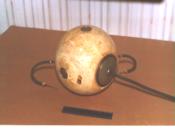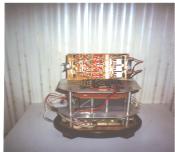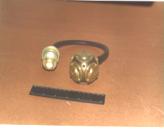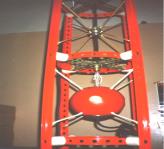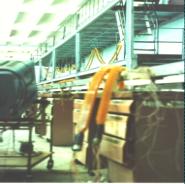
STRUCTURE
|
WRC About center
|
|
|
|
|
Department Head Dr. G. N. Kuznetsov
Department of Marine Technologies works on introduction of the newest
scientific results and technical achievements of the Russian Academy of
Sciences to marine experiments and industry.The department develops hardware-software
systems completely covering the technology of solution of specific problems.
A customer receives the results of theoretical analysis and simulation
modeling of a problem, methodical recommendations together with the data
of metrological certification and examination, and operational devices
including programmable control boards with friendly interfaces. The department
can organize and conduct a complex multicomponent research and development
work that need formation of wide cooperation and engaging contractors.The
work conducted by the department is applied in underwater acoustics, oceanology,
underwater measuring engineering, marine engineering and geology, oil-and-gas
industry, shipbuilding, and in other fields of research and engineering
connected with studies and developing of the ocean and coastal shelf.
The department supports experiments with hardware-software systems solving the following problems:
Typical products of the department are given in Fig. 1-4.
|
|
|
|
|
|
|
|
| Fig. 1. Four-chamber towed pneumatic source (opera-tional frequency range Df = 2-250 Hz) |
Fig. 3. Elements of a sys-tem with vector-scalar receivers a - a four-component receiver, Df = 5-1500 Hz; b - a three-component receiver, Df = 500-12000 Hz; c - a hardware block, d - a measuring chamber with high-and low-frequency receivers. |
|
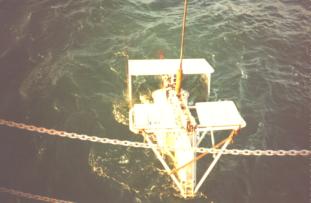 |
|
|
|
a)
|
b)
|
|
|
Fig. 2.Radiating towed system with a set of replacement narrow-band elec-tromagnetic (fo = 50-800 Hz), broadband electrodynamic (Df = 10-1500 Hz), and broadband piezoceramic (Df = 600-10000 Hz) acoustic sources. |
Fig. 4 .Extended multielement arrays. a - a working site for assembling and initial certification of extended analog or digital multielement arrays, b - (from left to right) arrays with the length 20, 100, and 200 m and with a number of ele-ments from 12 up to 64; vibration-proof cylindrical or flat scalar and vector-scalar receivers are used as receiving elements. |
|
The department develops and manufactures many other products, e.g. diagnostic bases for realization of the re-ciprocity method under water and abso-lute calibration of sound receivers with the help of a decentralized testing circuit (Fig. 5a) and sound chambers for diag-nostics and calibration of hydrophones and reception channels directly in the structure of an array (Fig. 5b and 5c).
 |
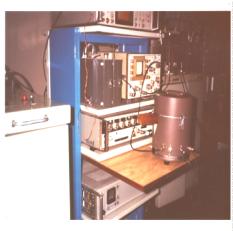 |
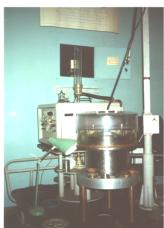 |
|
a)
|
b) Fig. 5. |
c)
|
|
|
|
|

